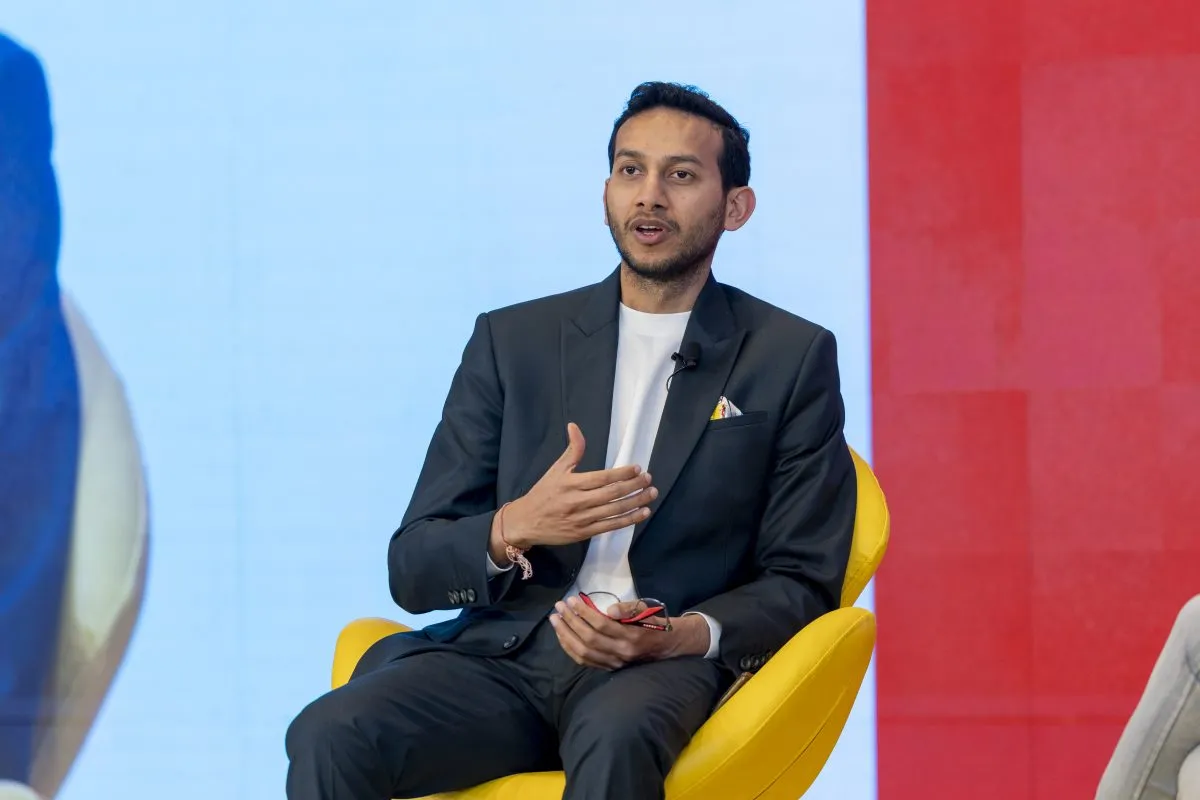Bridging the Disconnect Between Destination Marketers and Communities They Serve

Skift Take
For decades, the dual measures of success for destination marketing organizations (DMOs) were heads in beds and tourism revenue. But now, in a day and age when concerns over sustainability, overtourism, and local quality of life are coming to the fore, the definition of success is changing. And so is the role of the DMO itself, moving from tourism marketer to destination advocate and steward, as Skift called in our 2019 Megatrend.
These topics were front and center last week at the Destinations International annual conference in St. Louis, Missouri.
Part of the reason for the change in DMO mindset, argued Jack Johnson, chief advocacy officer for Destinations International, is that a DMO’s customer is no longer the visitor but rather the community. “Who is your customer? It’s not anyone we have traditionally called our customer,” said Johnson. “Look at who benefits from your organizational efforts. Who are you helping? It’s the residents. You are working for the benefit and well-being of everyone in the community.”
Johnson added that what tourism does for locals is “bring business, investment, capital, jobs, and tax dollars to communities.”
But try convincing local residents and politicians of that. As Don Welsh, CEO of Destinations International, pointed out, these constituencies don’t generally recognize the broad value that both tourism and DMOs can bring to communities at large.
That message may be easier to convey if DMOs reframe their mission and their message to incorporate a broader focus that includes community stakeholders.
Establishing 'Localhood'
The Danish call it “localhood,” according to Signe Jurgensted, the founder of newly formed consulting firm Group NAO. She noted that Wonderful Copenhagen, the DMO for which she previously worked, coined the term two years ago. At the time, the organization was looking to proactively address overtourism and to reimagine its role from marketing to management. “Localhood isn’t just about the visitor experience,” she says, “but about the balance between liveability and visitability.”
“Before, a DMO’s success was defined by numbers," said Jurgensted. “Today big numbers are looked upon by distrust and worry” from locals. As a result, Jungersted said, DMOs have to create and measure value beyond bed nights.
How to do it? According to Jungersted, it takes a village. A DMO has to engage its local stakeholders, including policy makers and the community at large. “Tourism is not a goal in itself, but a powerful means to build community,” she said. In other words, she summarizes, “Ask not what locals can do for tourism, but what tourism can do for locals.”
Integrated Sustainability
Another way to look at a new approach to destination management is through the lens of integrated sustainability, which takes into account local environmental, social, and economic matters. Paul Ouimet, CEO of NEXTFactor Enterprises, calls it destination stewardship. NEXTFactor worked with Destinations International to produce the soon-to-be-released DestinationNEXT 2019 Futures Study, which helps DMOs strategize ways to manage growth in a changing marketplace.
The study defines destination stewardship as the pursuit of balancing economic development with sustainability, with a greater focus on local quality of life. To do this, DMOs have to put enhancing engagement with the local community and playing a central role in advocacy at the top of their to-do lists, according to the study.
Jungersted added that when it comes to stewardship, the DMO should never be the center of the discussion. Rather, it has to be about aligning with the community, in order to develop support among residents and government stakeholders alike to create a shared vision for the destination.
While speakers at the Destinations International conference last week had different names for it, the bottom line was that if DMOs want to continue to exist, especially in this day and age when they are being put under the microscope and in some cases, de-funded, they need to focus on community-based approaches to justify their existence.




